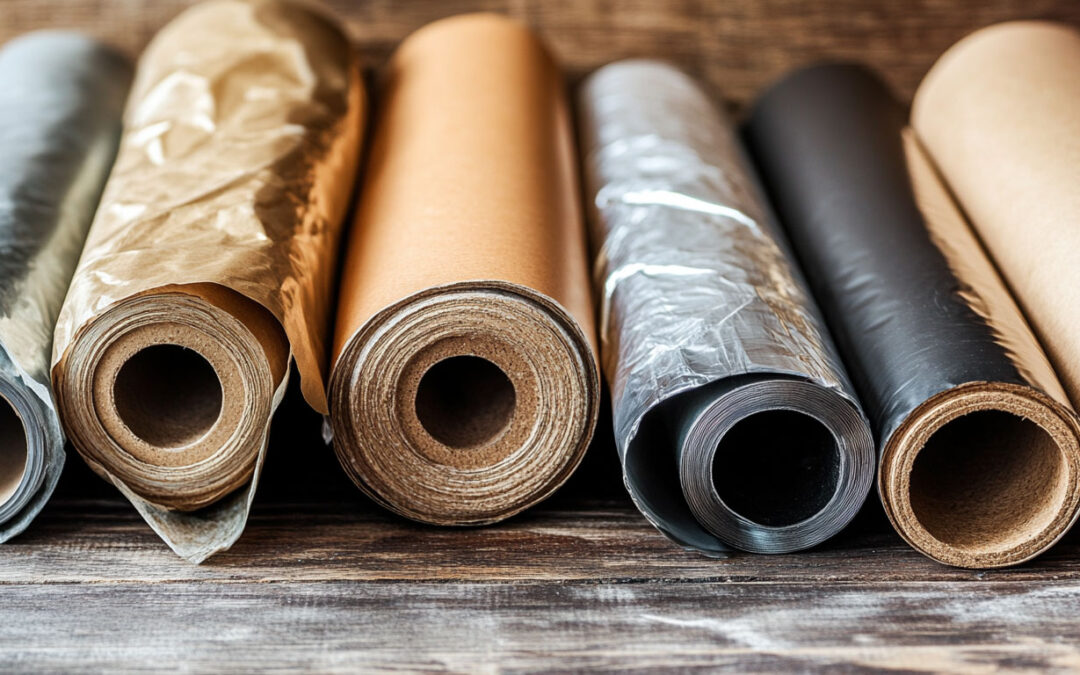1. Selecting the Right Packaging Materials
The foundation of coffee packaging starts with choosing the right materials. The ideal bag must provide protection from oxygen, moisture, light, and contaminants while maintaining sustainability.
Common Raw Materials Used:
- Plastics – Often used in multilayer films for durability and barrier protection.
- Kraft Paper – A natural, eco-friendly choice with a rustic appeal.
- Foil/Aluminum – Provides a strong barrier against oxygen and light but isn’t recyclable.
- Biodegradable Films – Made from materials like PLA (polylactic acid) to reduce environmental impact.
To keep coffee fresh, manufacturers often use multi-layered structures combining these materials for the best performance.
2. Structural Components of Coffee Packaging
Not all coffee bags are the same. Depending on the brand, storage requirements, and consumer preferences, different bag designs offer unique advantages.
Types of Coffee Bags:
- Stand-Up Pouches – Popular for retail, these flexible bags are lightweight and visually appealing.
- Side-Gusset Bags – Often used by specialty roasters, providing a premium look.
- Flat-Bottom Bags – Ideal for stability on shelves while maximizing storage space.
- Quad-Seal Bags – Reinforced seams for extra durability, commonly seen in bulk coffee packaging.

Key Features That Improve Functionality:
- Degassing Valves – Allow CO₂ to escape without letting oxygen in, keeping beans fresh.
- Zippers & Tin Ties – Provide resealability for convenience.
- Transparent Windows – Showcase the coffee inside while maintaining freshness.
Each element of the bag is carefully designed to enhance shelf life, usability, and branding.
3. Printing & Customization: Bringing the Brand to Life
Once the bag structure is decided, it’s time for branding. The printing process adds logos, designs, and essential information like roast date, weight, and certifications.
Common Printing Methods for Coffee Packaging:
- Digital Printing – Best for short runs, full-color printing, and variable designs.
- Flexographic Printing – Cost-effective for large-scale orders with consistent designs.
- Rotogravure Printing – High-end printing for premium coffee brands needing precise detail.

To enhance packaging appeal, many brands use special finishes like:
- Matte or gloss laminations
- Metallic inks for a luxury feel
- Embossed textures for a premium touch
Strong branding combined with practical labeling ensures customers get a clear understanding of the product while making an eye-catching impact.
4. Coffee Filling, Sealing & Freshness Techniques
Once the bags are printed, they move to the filling and sealing stage. This step ensures coffee is packed efficiently while retaining its aroma and quality.
How Coffee is Packaged for Freshness:
- Automated or Manual Filling – Large coffee roasters use high-speed machines, while artisanal brands may hand-fill their bags.
- Nitrogen Flushing – Replaces oxygen with nitrogen before sealing to prolong freshness.
- Heat Sealing – Creates an airtight closure to prevent exposure to moisture or air.
Precision in this stage is critical to delivering fresh coffee from roasters to customers.
5. Distribution & Sustainability Considerations
After packaging is complete, coffee bags are stored, transported, and eventually sold. To ensure quality from warehouse to customer, brands follow strict handling protocols.
Logistics & Supply Chain Management:
- Climate-controlled storage prevents moisture damage.
- Eco-friendly packaging options like recyclable or compostable bags are gaining popularity.
- Shipping considerations for bulk vs. direct-to-consumer packaging.
Sustainability is a growing concern in coffee packaging. Brands are investing in compostable materials, refillable coffee pouches, and recyclable mono-material bags to minimize environmental impact.

The Art & Science of Coffee Packaging
From sourcing materials to filling and sealing, every part of the coffee packaging chain serves a purpose. Whether it’s ensuring freshness, improving functionality, or enhancing branding, a well-designed coffee bag is more than just a container—it’s a crucial part of delivering a quality coffee experience. As the industry evolves, expect more innovations in sustainability, digital printing, and smart packaging solutions that cater to both coffee lovers and the environment.

